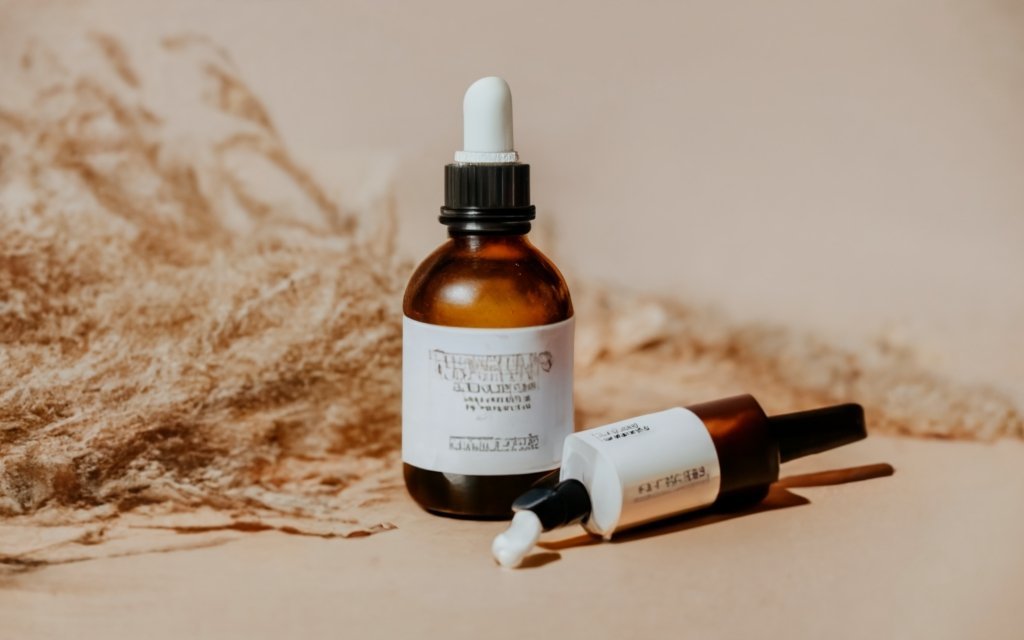In the world of skincare, it’s important to know the difference between a hydrator and a moisturizer, especially if you have dry skin. The market is flooded with countless products claiming to cater to all skin types, but understanding the specific needs of your dry skin is key. Hydrators, also known as humectants, draw water from the atmosphere to moisturize the skin when the humidity is high. However, using them without an occlusive moisturizer can worsen dryness. Moisturizers, on the other hand, increase the water content of the skin through various ingredients, ranging from exfoliation to preventing water loss. Whether you need a hydrator or a moisturizer depends on the condition of your skin. Read on to discover which one is best for you.
What are hydrators?
Hydrators, also known as humectants, are compounds that attract and bind water to the skin. They work by drawing moisture from the surrounding environment and delivering it to the skin. Some common examples of hydrators include glycerin and alpha-hydroxy acids (AHAs). These ingredients can hydrate the skin and increase its water content, making it plump and supple.
It’s important to note that the effectiveness of hydrators depends on the humidity level in the surroundings. When the humidity is above 70 percent, hydrators can effectively draw moisture from the atmosphere and keep the skin hydrated. However, using hydrators without an occlusive moisturizer can lead to increased trans-epidermal water loss, which can further worsen dryness in the skin.

What are moisturizers?
Skin Moisturizers are topical products that increase the water content of the skin. They come in various forms and consist of different ingredients that provide various skin benefits. There are three main types of moisturisers – occlusive, exfoliants, and emollients.
Occlusive
Occlusive moisturizers are designed to create a barrier on the skin’s surface, locking in moisture and preventing water loss. These moisturizers tend to have a thicker and heavier texture and are particularly beneficial in very dry or cold climates. Common ingredients found in occlusive moisturizers include petroleum jelly and beeswax.
Exfoliants
Exfoliating moisturizers contain ingredients that help remove dead skin cells, leaving the skin smoother and more radiant. Alpha-hydroxy acids (AHAs) and beta-hydroxy acids (BHAs) are two examples of exfoliants. These ingredients promote skin cell turnover and can be particularly beneficial for those dealing with dry, flaky skin.
Emollients
Emollients focus on softening and smoothing the skin’s surface. They work by filling in the gaps between skin cells, creating a protective barrier and giving the skin a smoother, softer feel. Common emollients include shea butter, cocoa butter, and oils like jojoba oil. Emollients are often used to soothe and hydrate rough or irritated skin.
What is the difference between moisturizer and hydrator?
While both moisturizers and hydrators aim to increase the water content of the skin, there are some differences in their mechanisms and effects. A moisturizers is used to lock in moisture and build the skin’s protective barrier, while a hydrator is used to increase the water content of the skin and make it hydrated and supple.
For those with dry and flaky skin, a moisturizer is a better choice as it helps to prevent water loss and provides extra hydration. On the other hand, if your skin is dehydrated and lacks luster, using a hydrator can effectively increase the water content of the skin and restore its moisture balance.
How to choose between hydrators and moisturisers?
When choosing between hydrators and moisturizers, it’s important to consider your skin type and specific needs. Here are some guidelines for different skin types:
Dry skin
If you have dry skin, both hydrators and moisturizers can be beneficial. It’s best to use a combination of humectants (hydrators) and occlusive agents (moisturizers) to lock in moisture and prevent dryness. Look for products that contain ingredients like glycerin, AHAs, and occlusive moisturizing agents such as petroleum jelly or beeswax.
Oily skin
For oily skin, hydrators with lightweight humectants are a better option. These hydrators can effectively increase the water content of the skin without adding excess oils. Look for products that have oil-free or non-comedogenic formulations to avoid clogging pores and causing breakouts.
Sensitive skin
If you have sensitive skin, opt for hydrators that contain gentle humectants like glycerin and hyaluronic acid. These ingredients are less likely to cause skin irritation or sensitivities. Avoid products that contain fragrances or harsh ingredients that can potentially irritate the skin.
Normal skin
For those with normal skin, both hydrators and moisturizers can work well. It ultimately depends on personal preference and specific skin needs. Look for products that are suitable for all skin types and tailored to provide hydration and moisture balance.
Remember, it’s always important to read labels, understand your skin’s needs, and consult with a dermatologist if you have any concerns or specific skin conditions.
Wrap-up
Understanding the difference between hydrators and moisturizers is crucial in choosing the right skincare products for your skin. Hydrators work by increasing the water content of the skin, while moisturizers aim to lock in moisture and provide extra hydration. By considering your skin type and specific needs, you can make an informed decision on whether to opt for hydrators, moisturizers, or a combination of both. Remember to read labels, choose products suitable for your skin type, and consult with a dermatologist for personalized recommendations. With the right skincare routine, you can maintain smooth, hydrated, and healthy-looking skin.



